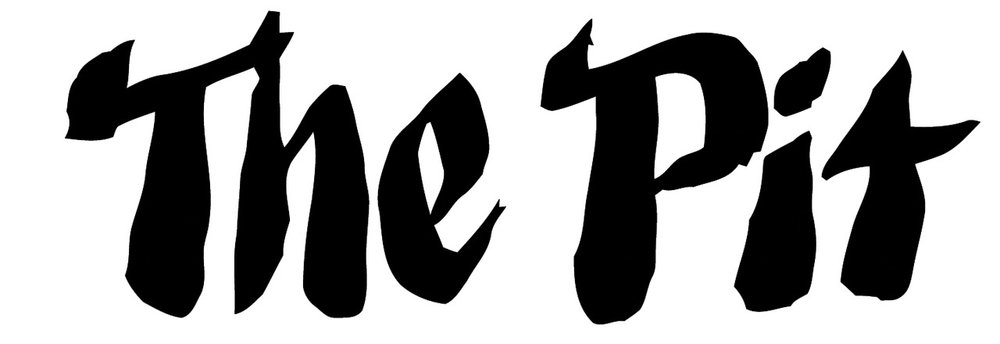Jennie Jieun Lee Seizure Crevasse
Ceramic forms become metaphors for the trials of mental illness
By Jennifer S. Li
The Pit, Los Angeles 12 March – 23 April
Jennie Jieun Lee’s glazed ceramic contortions quiver with the spiritual and formal ghosts of abstraction and the spectre of personal demons. Her latest solo show is named after the fissures and cracks that occur in the clay during the firing process, a material phenomenon that may also be a psychic metaphor for the artist’s agoraphobia, bouts of depression and self-confinement, about which she has spoken openly in various places.
While Lee also produces usable ceramic wares for sale at chic boutiques, the work on view here veers categorically away from traditional ceramics and squarely into abstract sculpture. Adeline Boone (2017), a slab-rolled floor sculpture, caves into itself at the top, as if a physical emblem of the artist’s despondency. Hanging on the opposite wall is Public Transportation (2017), which, with its swirls of pink and green etched with black, looks remarkably like Lee Krasner’s The Seasons (1957), another work of psychic trauma (The Seasons was created just a year after Jackson Pollock, Krasner’s husband, was killed in a car crash).
Several largescale works in this show are the result of the artist’s access to a 2,500 square-foot outdoor kiln patio, part of her recent residency at California State University, Long Beach, with avant-garde ceramicist Tony Marsh. These are some of the largest works of her oeuvre, and though they do not feel as intimate or poignant as her smaller pieces, they hold their own as abstractions.
The gallery installation, for which Lee used wood reclaimed from the gallery’s vicinity in an industrial area of a Los Angeles suburb, recalls an elevated seaside pier. The viewer’s experience is choreographed with distinct, dictated vantage points, not unlike the windowed and screened views of a Japanese or Chinese garden. Four of the large works, including Night Cavern (2017), which resembles a craggy totem, are grouped in the centre of the space, and are treated like Chinese scholars’ stones or Zen garden rocks: visitors are not meant to approach these works, but rather to observe them from the platform above.
Also to be viewed from above are two busts, The Witch (2016) and Queen (2017), which are displayed below the floor level in the former garage’s pit (for which the gallery is named). Queen’s delicate features rival those of Greek antiquities, though the expressionistic red and green glaze application and asymmetrical headdress mark this bust as distinctively contemporary. With its ovoid head placed on its side, The Witch draws comparison to Constantin Brancusi’s Sleeping Muse (1910). Lee has said in numerous interviews that her bust sculptures were first created as a thera- peutic act to deal with her best friend’s losing battle with cancer. Placed in the shadowy recesses of this cavity – not quite six-feet under, but just about – the two distorted visages have a solemn, elegiac aura about them.
Square Head (2017), on the gallery wall across the walkway from the pit, is representative of Lee’s masks, which she explained as being fraught creative outgrowths of her extended periods of self-imposed confinement in her apartment due to agoraphobia in a 2014 interview. With a cartoonish frown and a sweep of black textured clay resembling the artist’s long ebony mane, this mask certainly does look autobiographical. Although the artist has been vocal about the inspirations of death, depression and melancholy, Seizure Crevasse vibrates with life.
From the May 2017 issue of ArtReview

